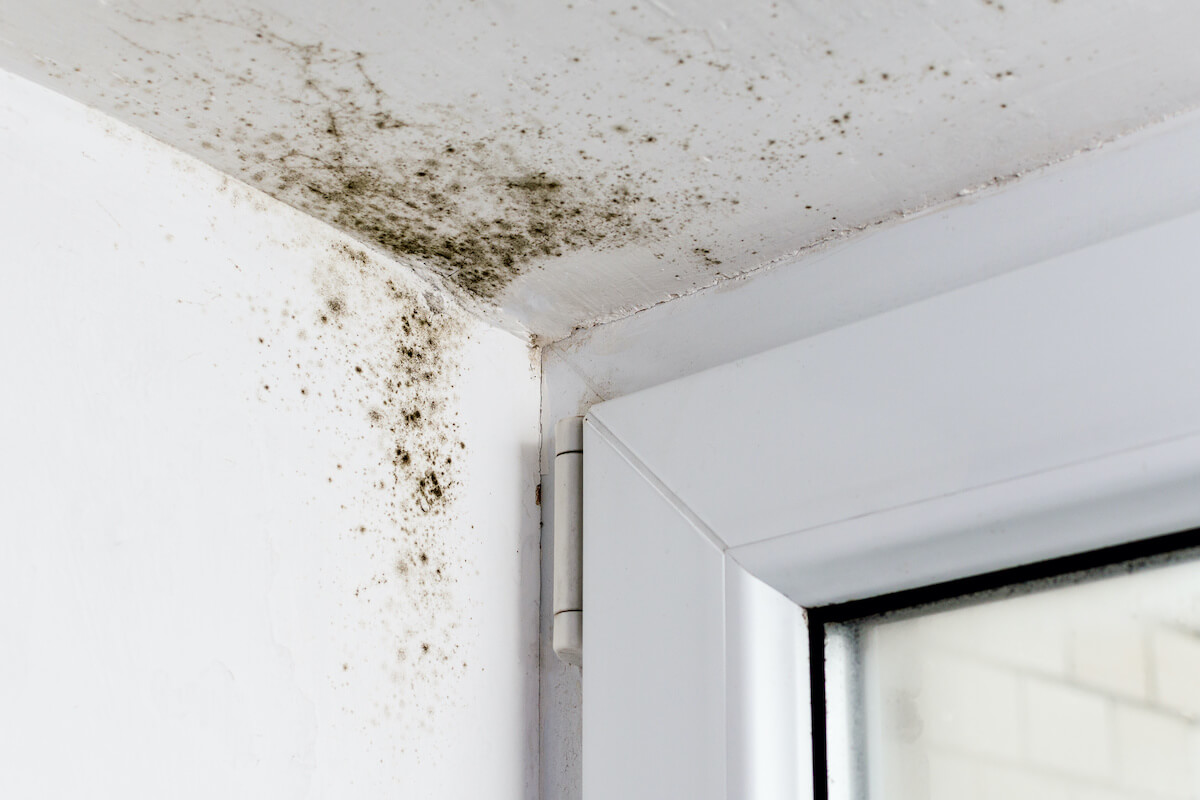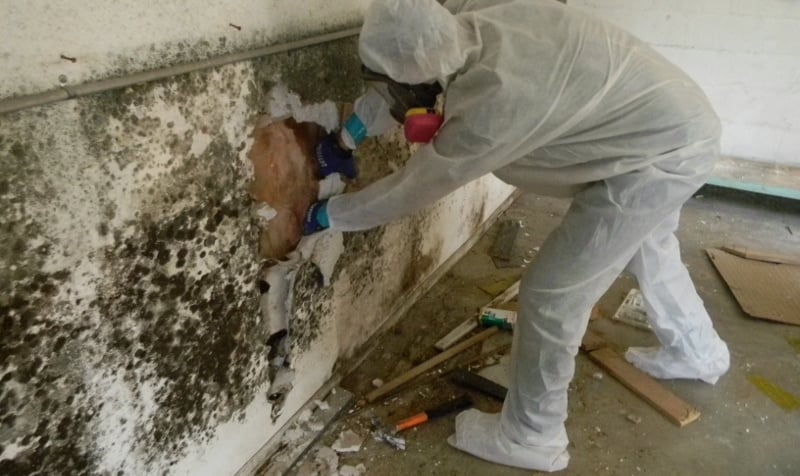Table of Contents

Mold infestation can be a homeowner’s nightmare, not only compromising structural integrity but also posing serious health risks. While mold remediation techniques vary, one often overlooked yet crucial aspect is ventilation. In this guide, we delve into the significance of ventilation in mold remediation and prevention, exploring how proper airflow can mitigate mold growth and aid in restoring a healthy indoor environment.
Before delving into ventilation’s role, it’s vital to grasp the fundamentals of mold remediation. Mold thrives in environments with moisture, organic matter, and limited airflow. When these conditions are present, mold spores settle and proliferate, leading to visible colonies and potential health hazards. Effective mold remediation involves identifying and eliminating these conducive conditions while addressing existing mold growth through thorough cleaning and treatment.
The Importance of Ventilation:
Ventilation plays a multifaceted role in mold remediation and prevention:
1. Moisture Control:
Proper ventilation helps regulate indoor humidity levels, reducing excess moisture that fuels mold growth. By promoting air circulation, ventilation aids in drying damp surfaces and preventing water accumulation, thus creating an inhospitable environment for mold.
2. Air Quality Improvement:
Stagnant air traps pollutants, including mold spores, exacerbating indoor air quality issues. Ventilation systems, such as exhaust fans and air vents, facilitate the removal of airborne contaminants, including mold spores, thus improving overall air quality and reducing the risk of mold-related health issues.
3. Temperature Regulation:
Mold thrives in environments with moderate temperatures, typically between 77°F and 86°F (25°C and 30°C). Proper ventilation helps maintain optimal indoor temperatures, discouraging mold growth and promoting a less favorable habitat for spore proliferation.
4. Condensation Prevention:
Inadequate ventilation can lead to condensation buildup on surfaces, providing ideal conditions for mold colonization. By promoting airflow and reducing humidity levels, ventilation minimizes condensation formation, mitigating mold risk on surfaces like walls, ceilings, and windowsills.
Strategies for Effective Ventilation in Mold Remediation:
Implementing proper ventilation strategies is essential for successful mold remediation and prevention. Here are some effective approaches:
1. Natural Ventilation:
Maximize natural airflow by strategically placing windows, doors, and vents to facilitate cross-ventilation. Opening windows during dry, breezy weather can help expel stale air and moisture, promoting a healthier indoor environment.
2. Mechanical Ventilation Systems:
Install exhaust fans, dehumidifiers, and air purifiers to supplement natural ventilation and enhance airflow control. Bathroom and kitchen exhaust fans are particularly effective in removing moisture-laden air, reducing mold growth potential in high-humidity areas.
3. HVAC Maintenance:
Regularly inspect and maintain heating, ventilation, and air conditioning (HVAC) systems to ensure optimal performance. Clean or replace filters, inspect ductwork for leaks or blockages, and schedule professional HVAC servicing to prevent moisture buildup and mold contamination within the system.
4. Humidity Monitoring:
Invest in hygrometers to monitor indoor humidity levels regularly. Ideally, indoor humidity should be maintained below 60% to inhibit mold growth. If humidity levels exceed this threshold, implement dehumidification measures and improve ventilation accordingly.
5. Structural Considerations:
Design or renovate buildings with ventilation in mind, incorporating features such as ridge vents, soffit vents, and crawl space vents to promote airflow and moisture control. Proper insulation and vapor barriers also play a crucial role in preventing condensation and mold formation within walls and ceilings.
In the battle against mold, ventilation emerges as a powerful ally, facilitating moisture control, air quality improvement, and temperature regulation. By integrating effective ventilation strategies into mold remediation efforts, homeowners can create an inhospitable environment for mold growth while fostering a healthier indoor living space. Remember, prevention is key, and proactive ventilation measures can significantly reduce the risk of mold infestation, safeguarding both property and health in the long run.
Mold Remediation Services in Miami, Florida
For professional mold remediation services in Miami or any part of South Florida, kindly call us on +1 305 894-4343. We will assess your property and remediate all your mold concerns satisfactorily.



 PuroClean of Coral Gables
PuroClean of Coral Gables